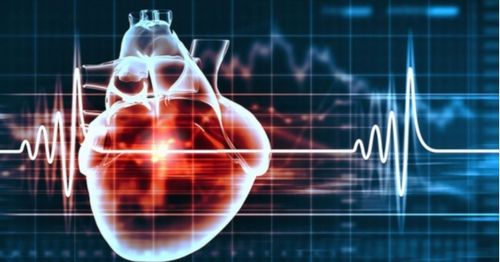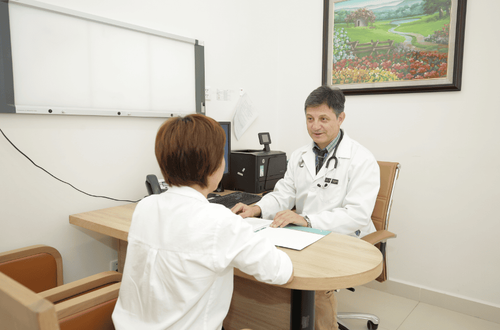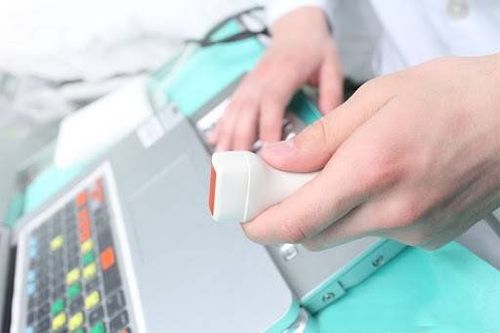This is an automatically translated article.
The article is professionally consulted by Specialist Doctor I Tran Quoc Vinh - Emergency Doctor - Department of Resuscitation - Emergency - Vinmec Nha Trang International General Hospital.The myocardium is a vital part of the heart. They perform non-stop contractions to pump blood to the organs in the body. Therefore, cardiomyopathy is a dangerous disease that needs to be detected and treated early.
1. Overview of the heart muscle
Similar to smooth muscle, the heart muscle is controlled by the autonomic nervous system, hormones, and in part can contract naturally. The myocardium forms a thick medial layer between the outer layer of the heart wall (pericardium) and the inner layer (endocardium), with blood being supplied through the coronary circulation. Cardiac muscle cells (cardiomyocytes) join together by interstitial discs, which are covered by collagen fibers and other substances that form the extracellular matrix.Cardiac muscle contractions are similar to skeletal muscle. An electrical stimulation in the form of a cardiac action voltage delivered in a rhythmic pattern stimulates the release of calcium from the cell's internal calcium reservoir - the sarcoplasmic reticulum. The increased calcium causes the cell's myofilaments to slide past each other in a process called excitatory contraction coupling.
2. Duties of the myocardium
The main function of the myocardium is to contract and contract on its own due to the tight attachment between the muscle fibers. During contraction, the heart muscle is responsible for pushing blood through the circulatory system.Myocardial fibers react in the same way in pathological conditions such as co-hypertrophy when overworked or necrosis of fibrous tissues in the absence of blood supply.
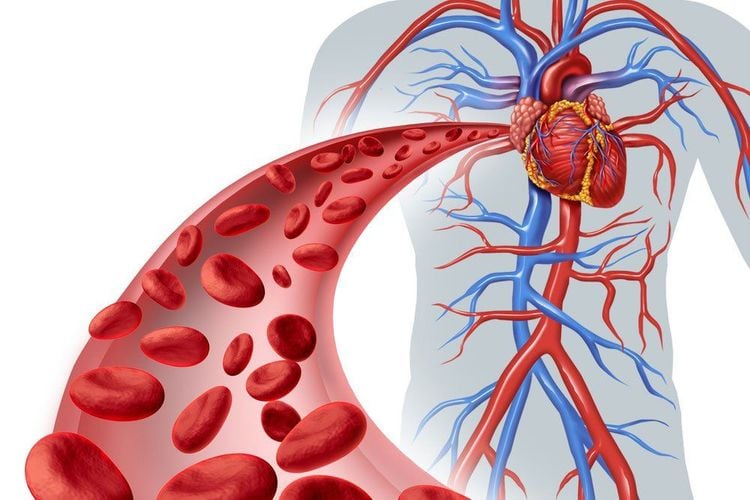
3. Physiological structure of the myocardium
Cardiac muscle cells are intermediate between skeletal muscle cells and smooth muscle cells. These are small, striated, branched cells with only one nucleus. Unlike striated muscle, cardiac muscle cells have bridges that help to attach to each other into a solid block, with cell membrane segments fused together. The myocardium fibers are syncytial, acting as a unit in response to stimulation, propagating electrical potentials between the myocardium fibers rapidly across the junctions. The transmission of electrical potential from the atria to the ventricles is conducted through a special conduction pathway called the atrioventricular junction.Myocardium fibers contain many mitochondria and blood vessels that are well suited to the aerobic activity of the heart. The main components of cardiomyocytes are myofibrilles, thick (myosin) and thin (actin, tropomyosin, troponin) filaments. Surrounding the muscle fibers there is an endoplasmic reticulum (reticulum sarcoplasmique) where calcium is stored.
Cardiac muscle is also striated, but unlike striated muscle, cardiac muscle cells have bridges that join together to form a solid mass. As a result, the heart muscle has the property of self-contraction to push blood around the body without being affected by the brain.
4. What is special about the action of the heart muscle?
The heart muscle works non-stop until it dies. On average, the heart beats at a rate of 60-100 times per minute, and it does so for a lifetime.The reason for such endurance is due to the special structure of the heart muscle. Heart muscle actually gets more energy than other types of muscle. This includes the role of mitochondria. All cells in the body, including muscle cells, derive energy from mitochondria, organelles that convert organic substances into usable energy (ATP). While mitochondria in skeletal muscle account for only 1-2% of mitochondria, the number of mitochondria in cardiac muscle accounts for many times, from 30-35%. That means. If in a normal state, the heart never has to rest, because there is always an energy supply for the heart muscle.
Heart is a special organ in the body. It is the most enduring organ, able to work for a lifetime without getting tired. Of course, it's not a perpetual motion machine. Therefore, you should exercise regularly to increase health, but also should not exercise too hard to avoid affecting the heart.
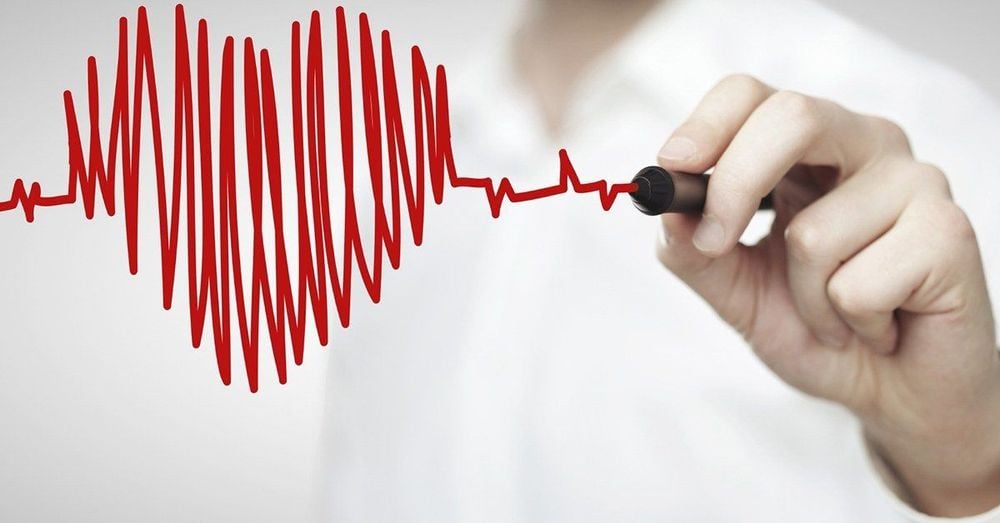
5. Diseases related to the heart muscle
Like other muscles, the heart muscle needs to be nourished by the blood supply from the circulatory system, through the coronary arteries. When the blood supply to the heart muscle decreases, the heart muscle responds with symptoms of angina.The artery that supplies blood to the heart muscle is called the coronary artery. A common cause of angina is narrowing of one or more branches of a coronary artery. The amount of blood to the heart muscle may still be sufficient when you are at rest, without strenuous activity. However, the heart muscle needs more blood and oxygen as it works harder. For example, when you go fast or climb stairs, your heart rate increases to supply more blood to the heart muscle. If coronary artery stenosis is present, this additional blood does not reach the heart muscle, manifesting as angina.
To protect heart health in general and detect heart-related diseases early, customers can sign up for Cardiovascular Screening Package - Basic Cardiovascular Examination of Vinmec International General Hospital. The examination package helps to detect cardiovascular problems at the earliest through tests and modern imaging methods. The package is for all ages, genders and is especially essential for people with risk factors for cardiovascular disease.
Doctor Tran Quoc Vinh has more than 6 years of working experience (starting in 2011) in the field of Emergency Medicine, he used to work at the Emergency Department of Khanh Hoa Provincial General Hospital, participated in medical examination and treatment. for many clinics in Nha Trang area before becoming a doctor of emergency department at Vinmec Nha Trang International General Hospital as it is today.
Please dial HOTLINE for more information or register for an appointment HERE. Download MyVinmec app to make appointments faster and to manage your bookings easily.





